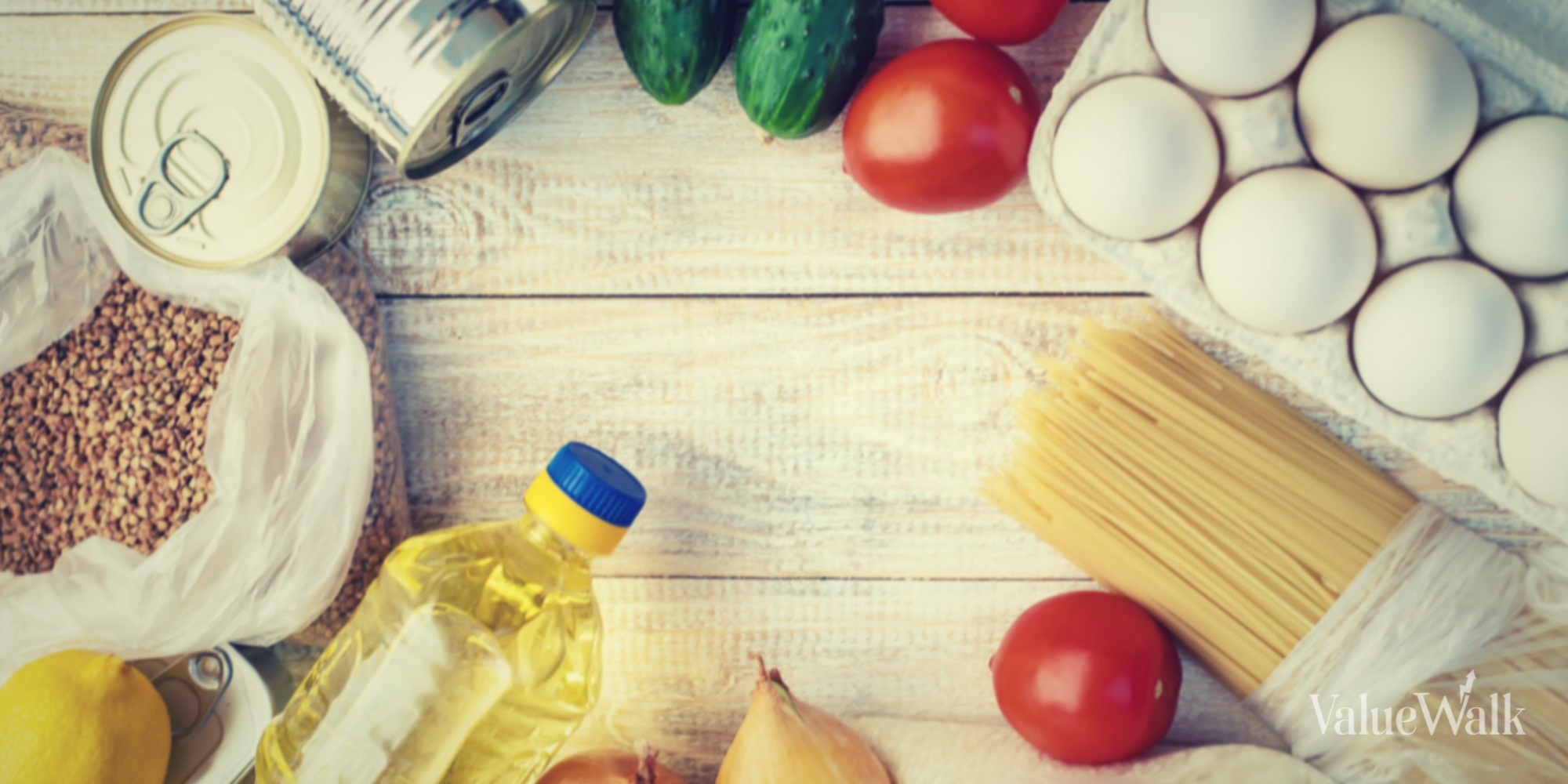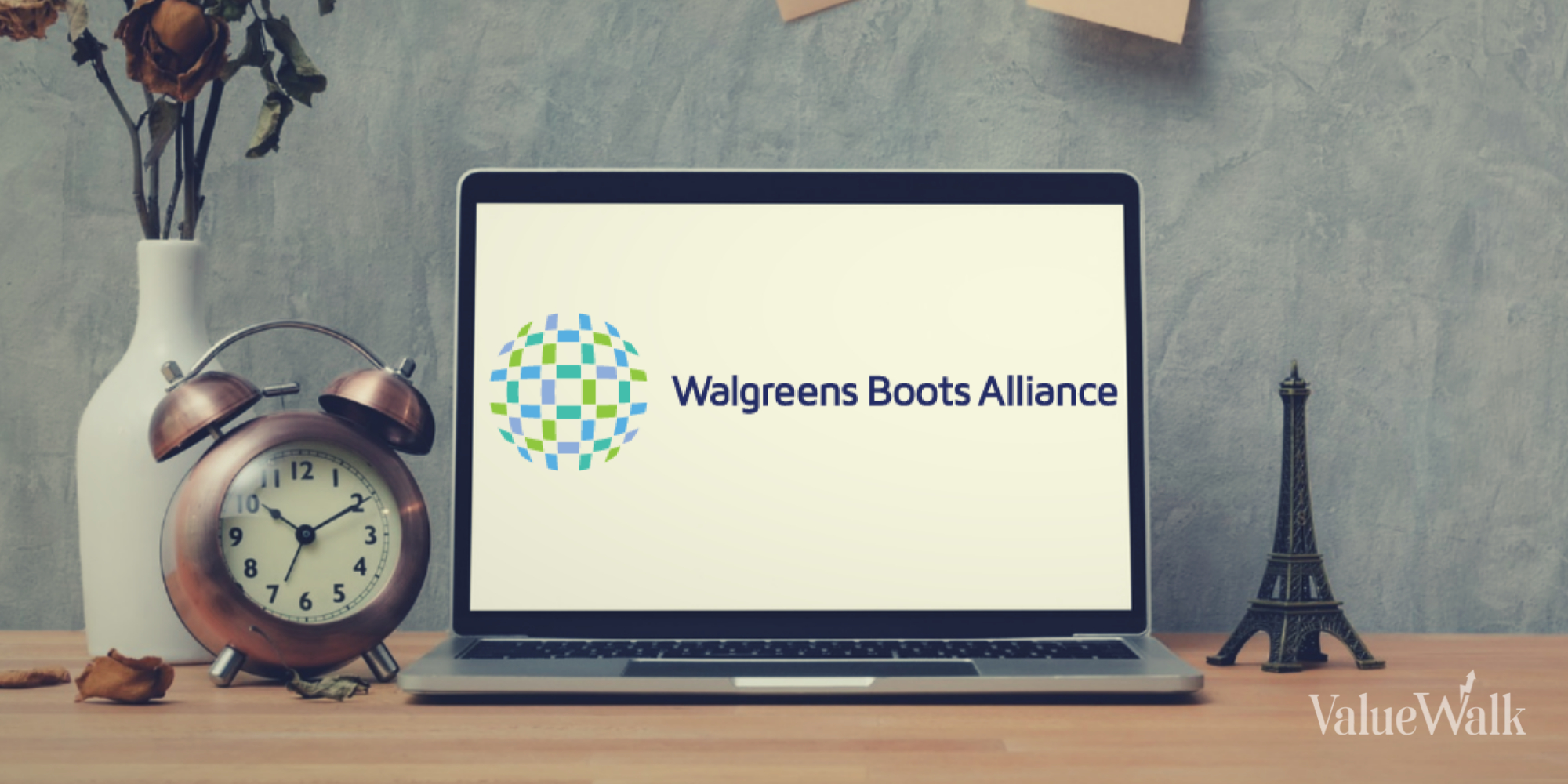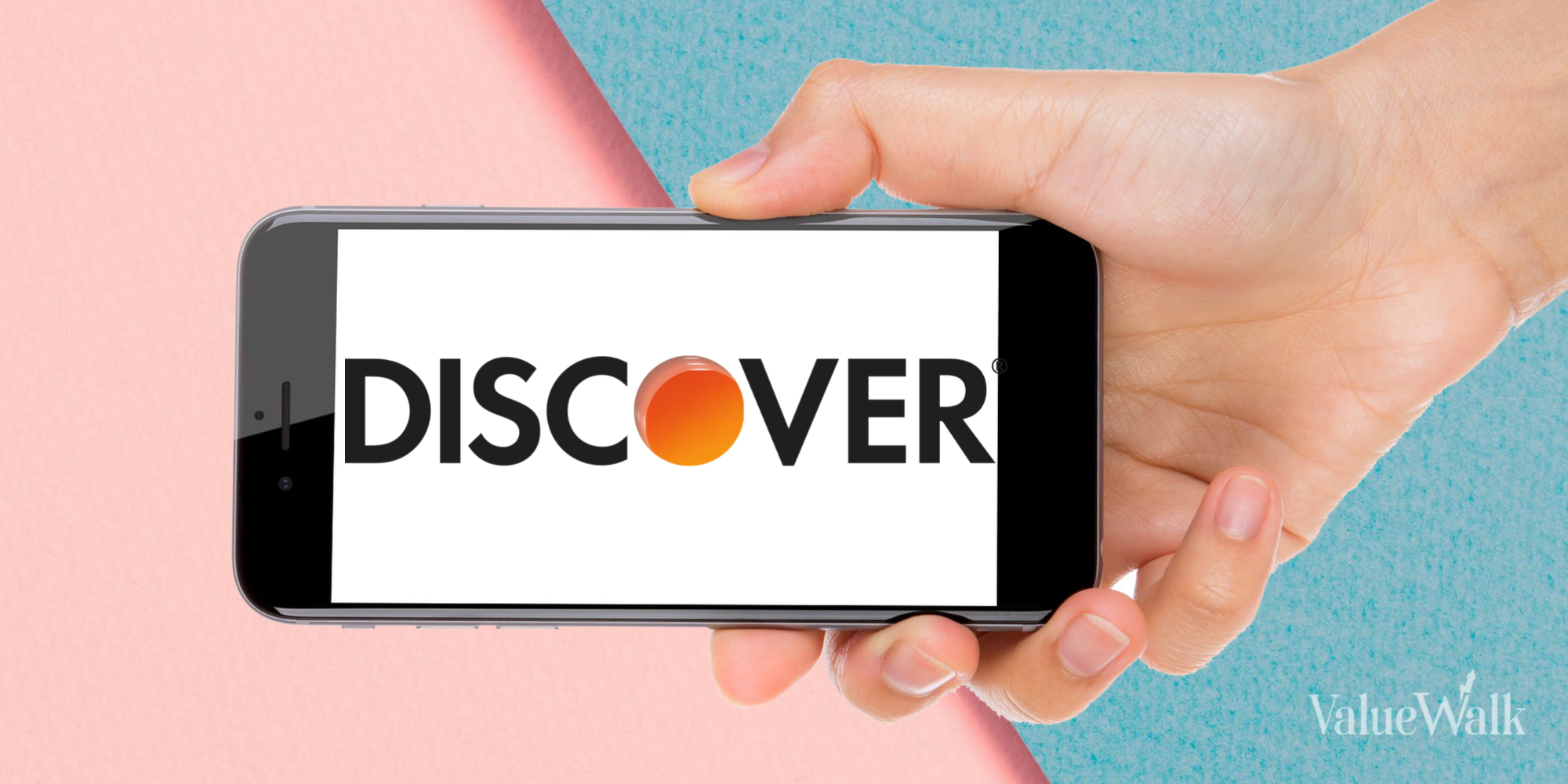Impact of SSA Food Assistance Changes on SSI Recipients

The Social Security Administration (SSA) recently announced new changes for Supplemental Security Income (SSI) recipients. This new change will have a positive impact on SSI recipients’ monthly payments. In particular, this change prevents informal food assistance from reducing payments to specific beneficiaries. SSA announced the changes last month, but they are scheduled to go into effect later this year. This article explains how changes to SSA food assistance affect SSI recipients.
SSI – What is it?
SSI, or Supplemental Security Income (SSI), is a federal assistance program that provides financial assistance to people with limited resources. Individuals must meet certain eligibility requirements to receive SSI benefits.
SSI recipients include adults and children with disabilities or visual impairments and adults over age 65 with limited income and resources. SSI benefits primarily help beneficiaries cover the cost of basic resources such as housing, food, medicine, and clothing.
About 7.4 million Americans currently receive SSI benefits, according to February data from SSA. SSA calculates SSI benefits based on rules called “In-Kind Support and Maintenance (ISM).” Current regulations consider food, shelter, or both to be unearned income.
What changes?
Currently, assistance in the form of food, shelter, or both counts as unearned income for SSI recipients, which may reduce monthly payments or affect benefit eligibility.
Recently, SSA announced new rules aimed at removing barriers and increasing monthly payments for people receiving certain government benefits. SSA no longer counts food assistance when calculating a beneficiary’s eligibility for a monthly SSI payment.
“The new policy removes an important barrier to SSI eligibility by ensuring applicants or recipients receive informal food assistance from friends, family, and community support networks,” SSA says.
Therefore, starting September 30, SSA will no longer consider food in calculating benefit eligibility.
Impact of SSA Food Assistance Changes on SSI Recipients
Under current regulations, SSA reduces SSI payments by a certain amount if a beneficiary (or couple) lives in another person’s home and receives food and shelter assistance from that person. Support in this case means assistance provided in the form of food, shelter, or both, provided or paid for by others.
Therefore, if an SSI beneficiary receives food, shelter, or both, this is considered in-kind assistance and maintenance (ISM). For example, if an SSI beneficiary lives with his father and does not pay rent, SSA will consider this an ISM and calculate the monthly payment.
In 2024, the maximum federal SSI will be $943 for an individual, $1,415 for a couple, and $472 for an essential individual (a person who lives with the SSI recipient and provides care). To qualify for SSI, recipients must have monthly income of less than $1,971.
Additionally, beneficiaries must have less than $2,000 in assets per individual (less than $3,000 per couple). Resources here mean money or other assets that can be easily converted into cash, such as property, stocks, bank account balances, etc.
As for how the SSA food assistance changes affect SSI beneficiaries, beneficiaries now do not have to worry about groceries or meals they receive from family or friends, which reduces their monthly benefits.
Another potential impact of the new rules is that they could reduce overpayments or underpayments of benefits and the monthly volatility of payments. This ultimately means more financial security for beneficiaries.
Moreover, the new changes will help SSI recipients offset the impact of higher food prices as inflation continues to increase Americans’ food costs. Additionally, applicants and beneficiaries now have less information to report to SSA, saving time and giving beneficiaries peace of mind.
This new change is also beneficial to SSA. Now SSA does not have to waste limited resources documenting each time a beneficiary receives food and adjusting monthly benefits accordingly.
It is important to note that although SSA has excluded food expenses from the ISM calculation, it will still ask beneficiaries about food. The purpose is to determine which rule to use to calculate SSI payments: the one-third reduction (VTR) rule or the estimated maximum value (PMV) rule.
For example, if an SSI applicant lives with someone else, SSA will ask the applicant if that person provides all the food. If the answer is no, SSA will value the shelter under the PMV rules.
SSA uses the VTR rule when the beneficiary lives with another person and that person provides all means to the beneficiary. On the other hand, if the recipient receives ISM and VTR rules do not apply, SSA uses PMV. If you use PMV, SSA will reduce your SSI benefit by 1/3 of the actual ISM amount or SSI benefit.
final words
The change in the way ISM is calculated is undoubtedly a positive thing for beneficiaries. This is expected to have far-reaching implications, as SSA previously said it had reduced benefits for 793,000 recipients as of January 2022 because they received food or shelter assistance.
These changes not only reflect SSA’s intent to simplify the SSI benefits process, but also emphasize SSA’s commitment to better service delivery and the overall well-being of beneficiaries.
Moreover, this rule change is just one of several changes SSA is currently working on, all of which are aimed at making it easier for people to receive and apply for benefits.



